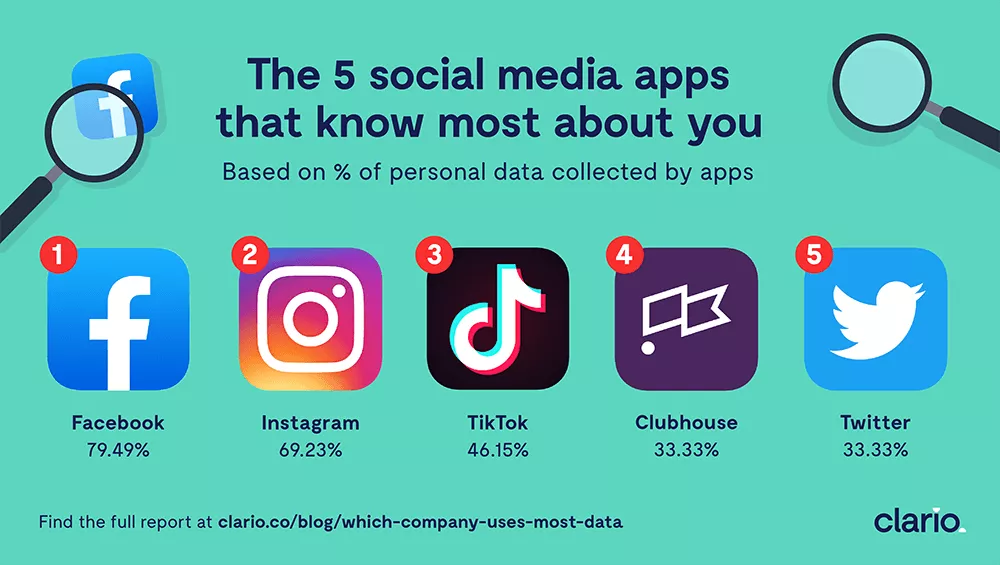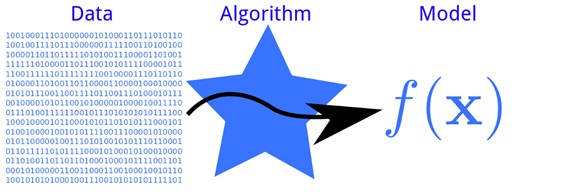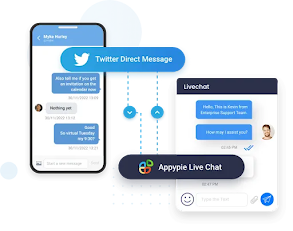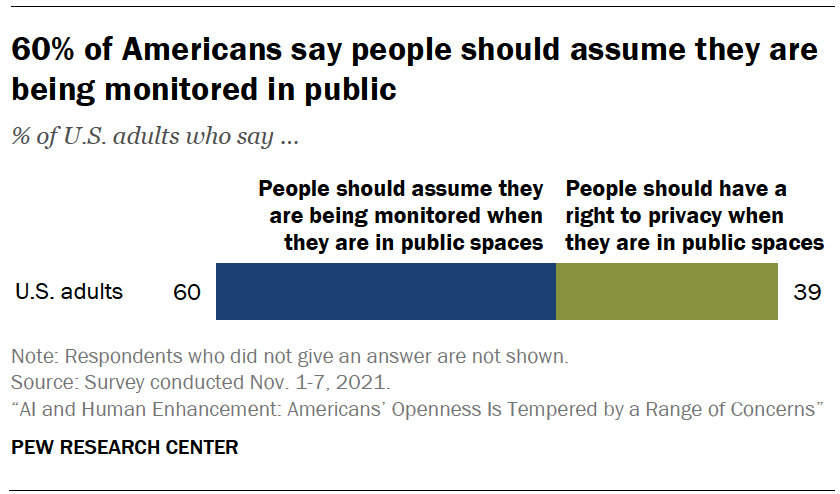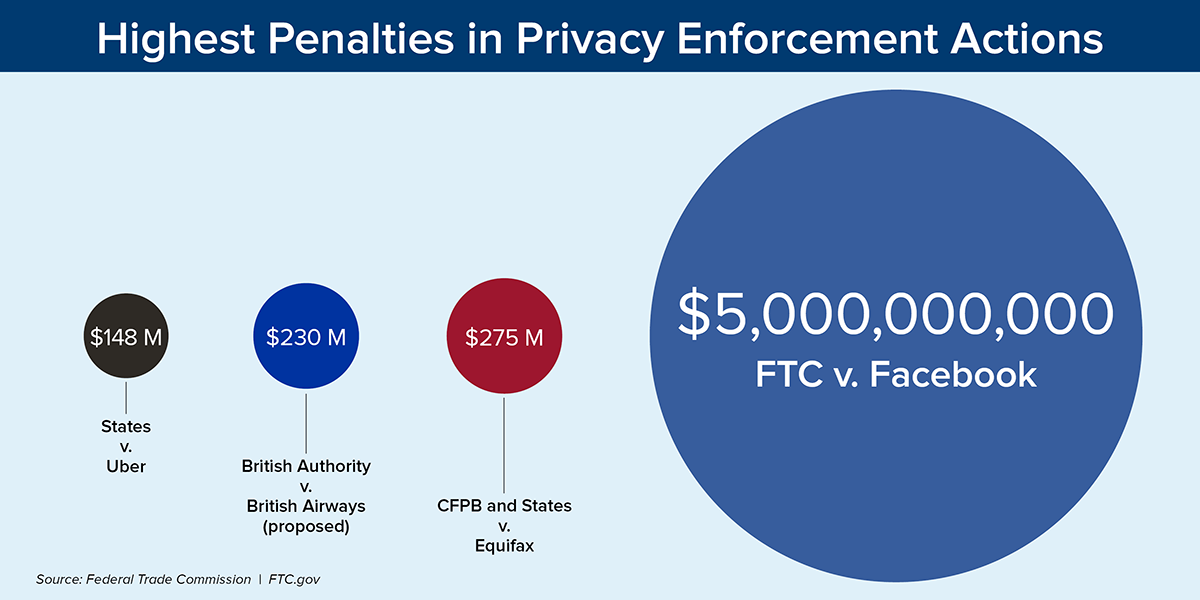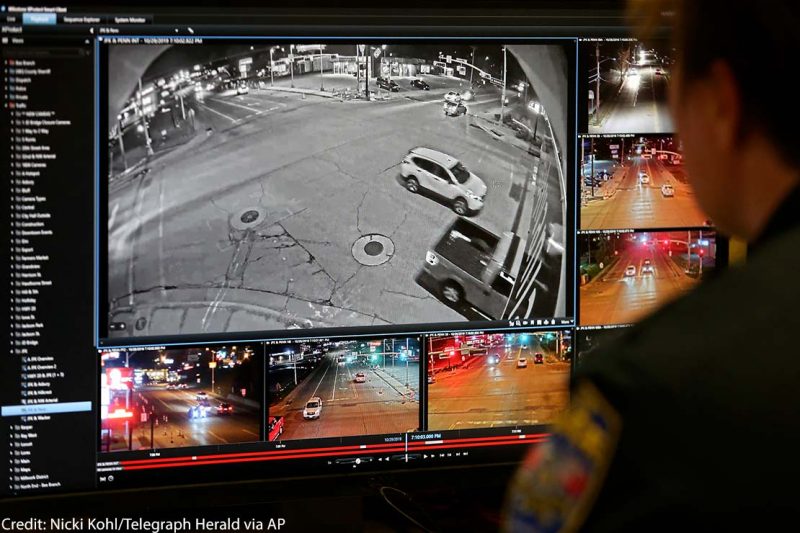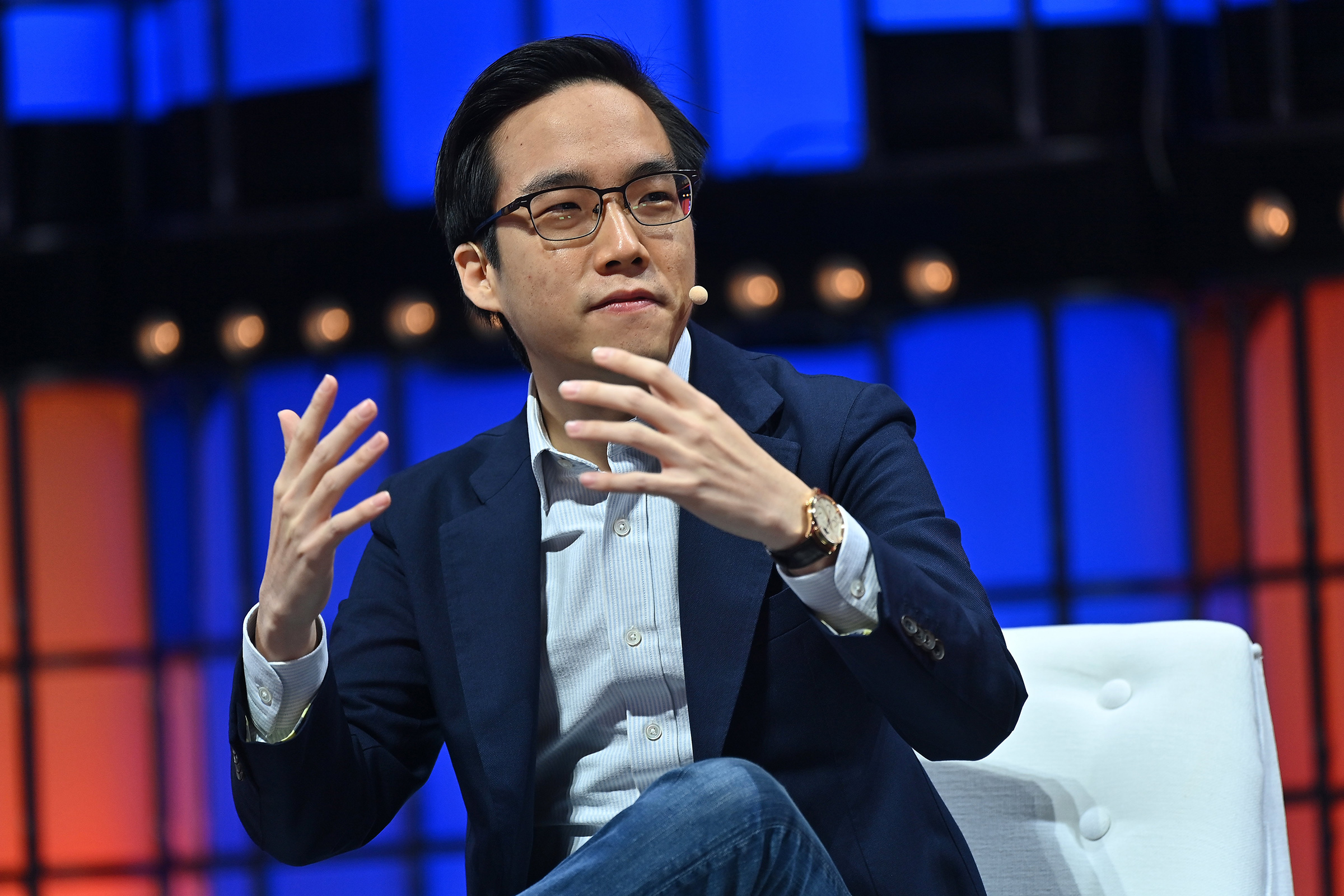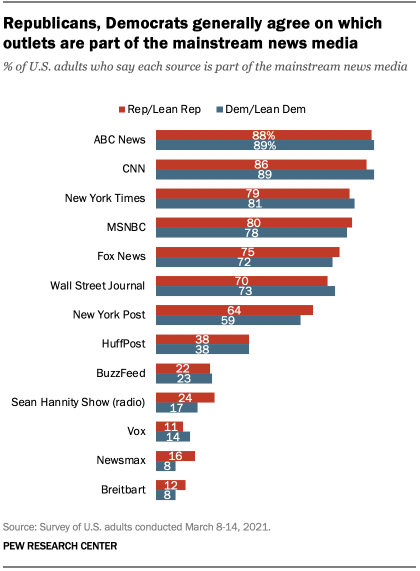It's not often that I sit and analyze my own personal relationship with technology, and I think this is mainly because it is so integrated into my daily life and has been for some time now. It's not like I grew up without some of the technological inventions that are still prevalent in our society. My parents still remember the day they invented the first smart phone. I don't remember a time without it.
Like many others my age, I am somewhat addicted to the technology that surrounds me, even though I hate admitting that. But, it's true. I rarely go anywhere without my iPhone and I will most likely open platforms like Instagram and TikTok at least once a day. The question is when does the addiction become unhealthy? Or is it unhealthy from the get-go?
Researching My Online Presence
Before determining the health of my relationship with technology, or should I say technology's relationship with me, I wanted to better understand my current online presence.
I would not classify myself as a frequent creator of online content. I am more likely to consume content than create it. There are some sites or platforms that I do use frequently, however, and have created personal accounts on with my information, such as my full name, date of birth, gender, email and phone number.
These sites include Google, LinkedIn, Amazon, Instagram, Snapchat, YouTube and TikTok. So how much can someone learn about me as a user? How much of me is out on display for anyone to see?
A digital footprint is the information about a particular person that exists on the internet as a result of their online activity. A simple Google search of my name showed that maybe I was more private than I thought I would have been. The only picture of me that pops up as a search result is my LinkedIn profile.My public image has always been something I care about, so I am comfortable knowing that this is the picture that portrays who I am to those who search me. However, others may view my lack of online presence as a disadvantage in today's society where having a following can help you land the job. Some even go as far as using their online presence as a career in itself.
The Pros and Cons of Social Media
Social media was not created with the intention of harming individuals but rather encouraging human connection. So then why has it done the opposite? It seems every advantage that comes with a new technology also has an unexpected disadvantage.
The "Mad World" remix of the Moby video, performed by Michael Andrews and Gary Jules, illustrates the sad world we live in as a result of technology that disconnects us from the rest of society. When we are supposed to feel connected, more and more people are feeling alone, anxious and depressed.
The music video incorporates explicit imagery of people trapped behind bars shaped as a "cell" phone. There are shots of people around others, but they can't take their eyes off of the screen in their hand. We are too distracted to recognize the serious issues around us.
Social media creates a false reality and fake relationships with those that follow us and we call our "friends." Social media has allowed us to share aspects of our lives, but these portrayals are often misleading and set unrealistic expectations as they only show a portion of a person's experiences.
The music video itself may be a bit dramatic and exaggerated, but its overarching message is accurate and relevant to society today. Technology may be hurting us more than helping us.
My Relationship with Technology: Toxic or Nourishing?
In my eyes, technology has taken over my life. I spend an average of four to five hours on my phone everyday. This doesn't include the hours I spend on my laptop or watching movies and shows on my television. This is an immense concern to me.
Don't get me wrong; technology has still benefitted me in so many ways. I use my phone to communicate with others daily, I rely on my computer to complete school work and other tasks related to my involvement on campus, and I enjoy using social media to participate in the spread of opinions and ideas.
In a society that so heavily relies on technology, all you can do is create balance.
I try to spend as much time outside as I can. When I'm with other people, I limit the time I spend on my phone. I try to prioritize daily movement and nourish my body, mind and face-to-face relationships with others. This course has opened my eyes to the issue of privacy rights, which I discuss more in-depth in some of my other blog posts. I am now even more cautious of what I post online because I believe there are aspects of our personal lives that should be kept private and protected.
Although my relationship with technology may not be the healthiest it could be, I am aware of technology's impact on me and strive to create a balanced lifestyle: one that utilizes technology rather than one that abuses it.
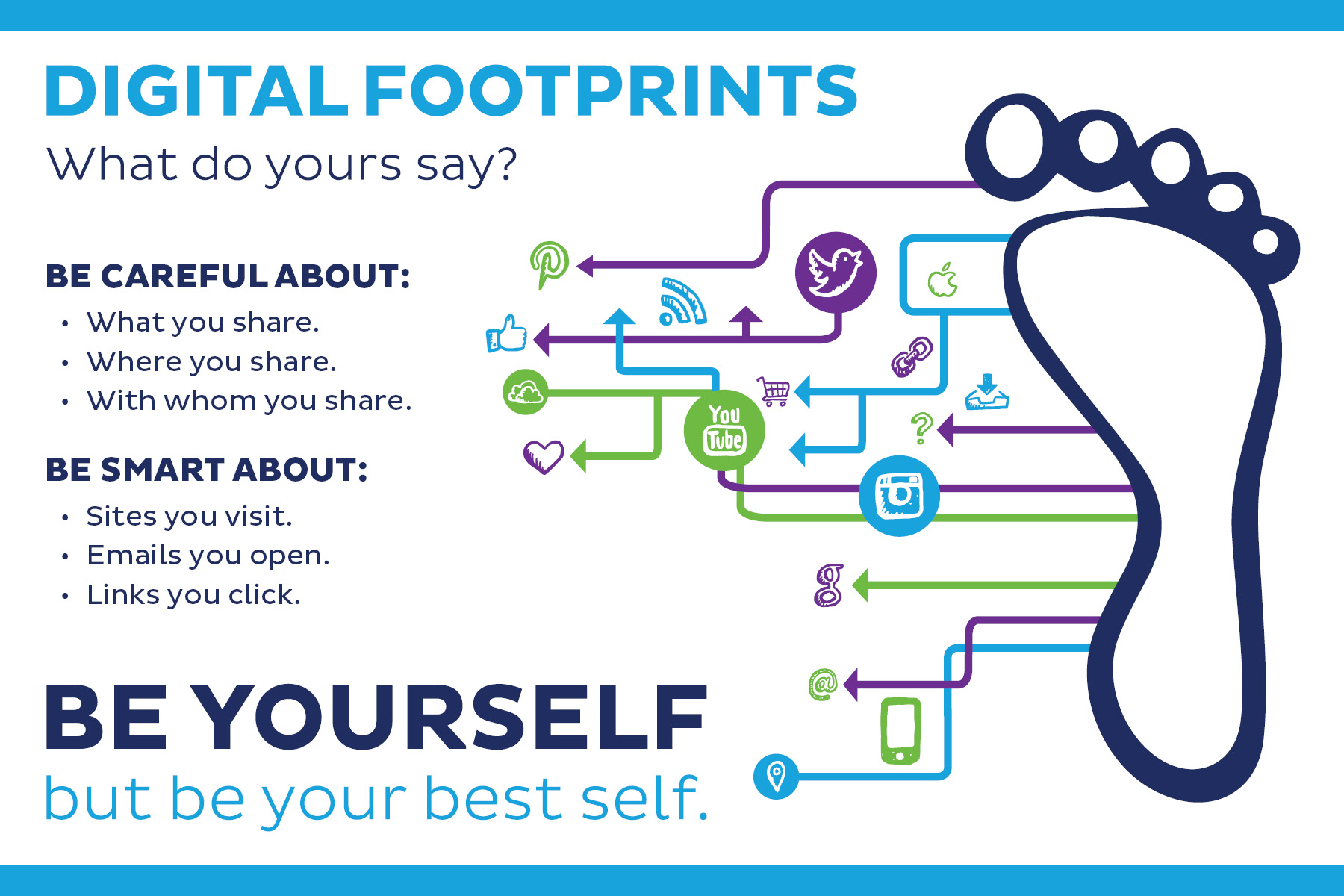 |
| Click here to read more about monitoring your digital footprint! |




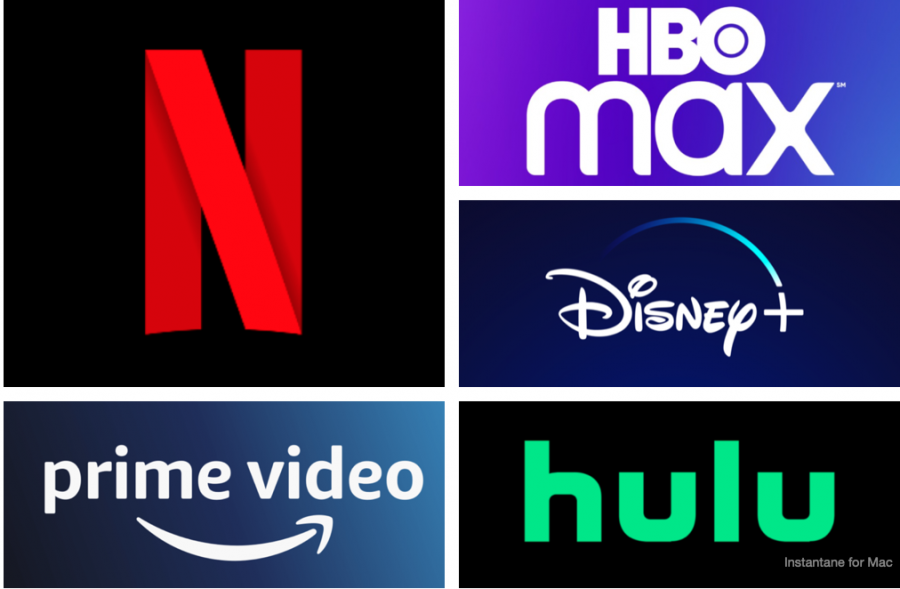
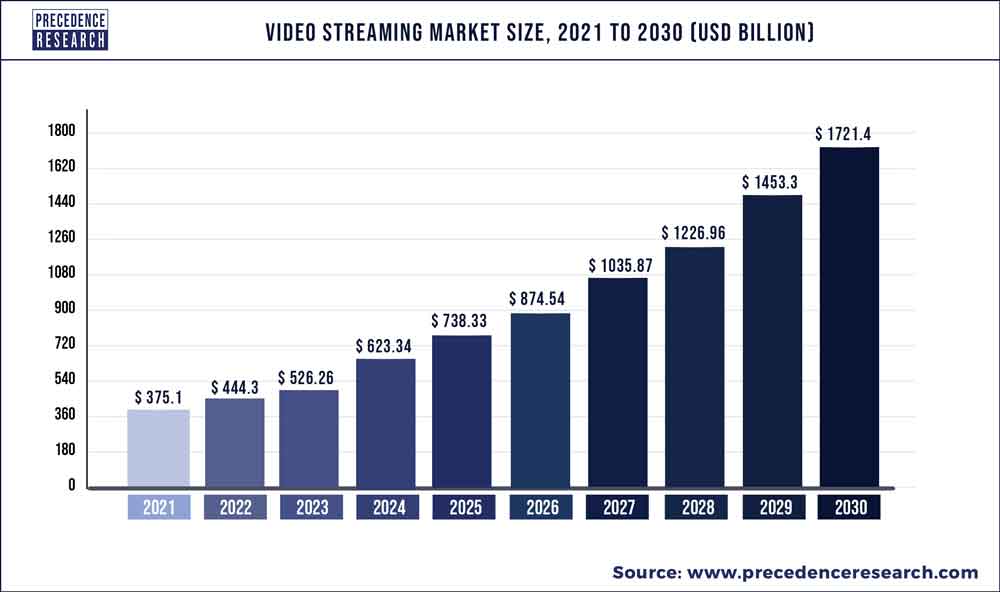

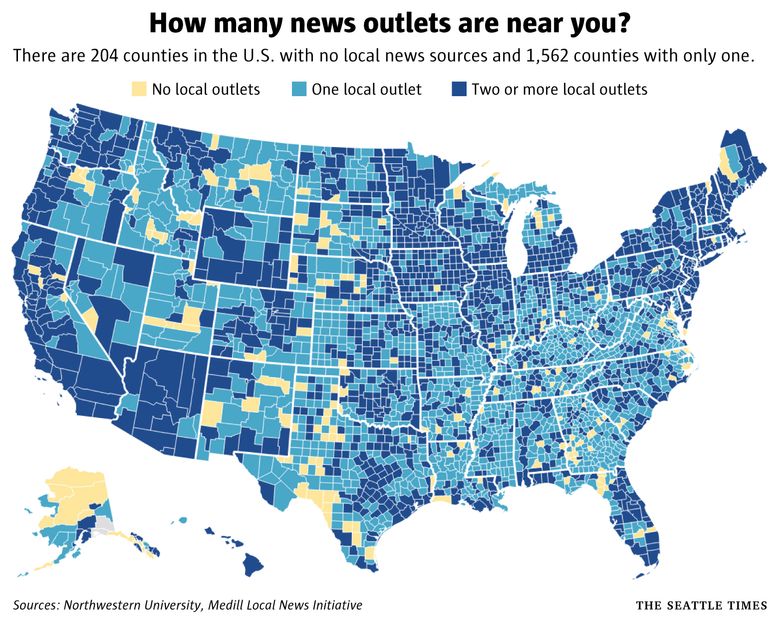
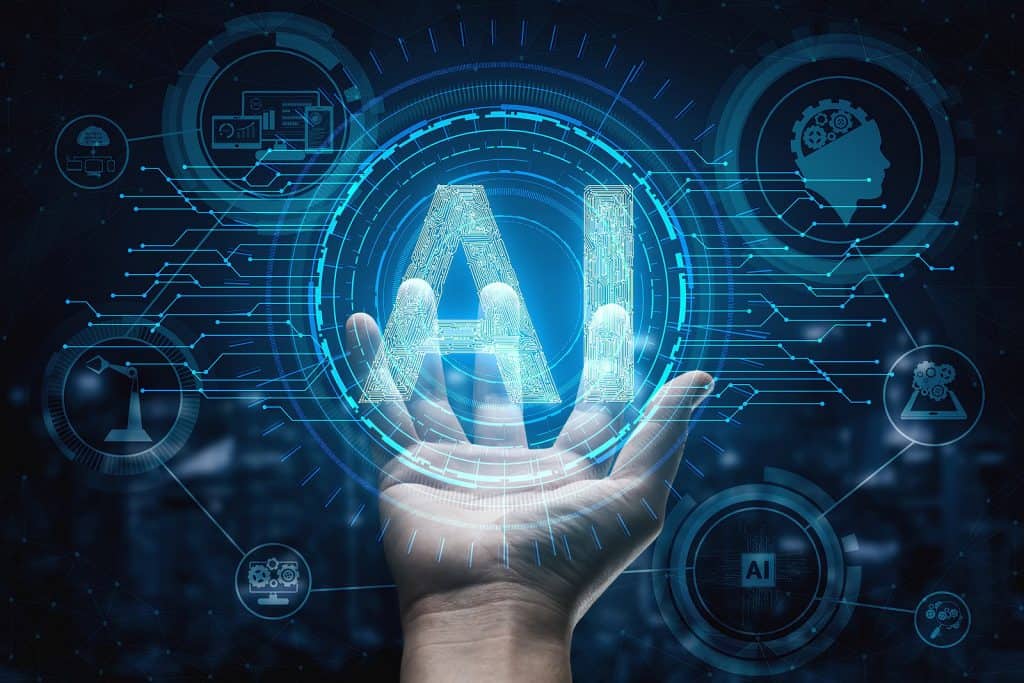
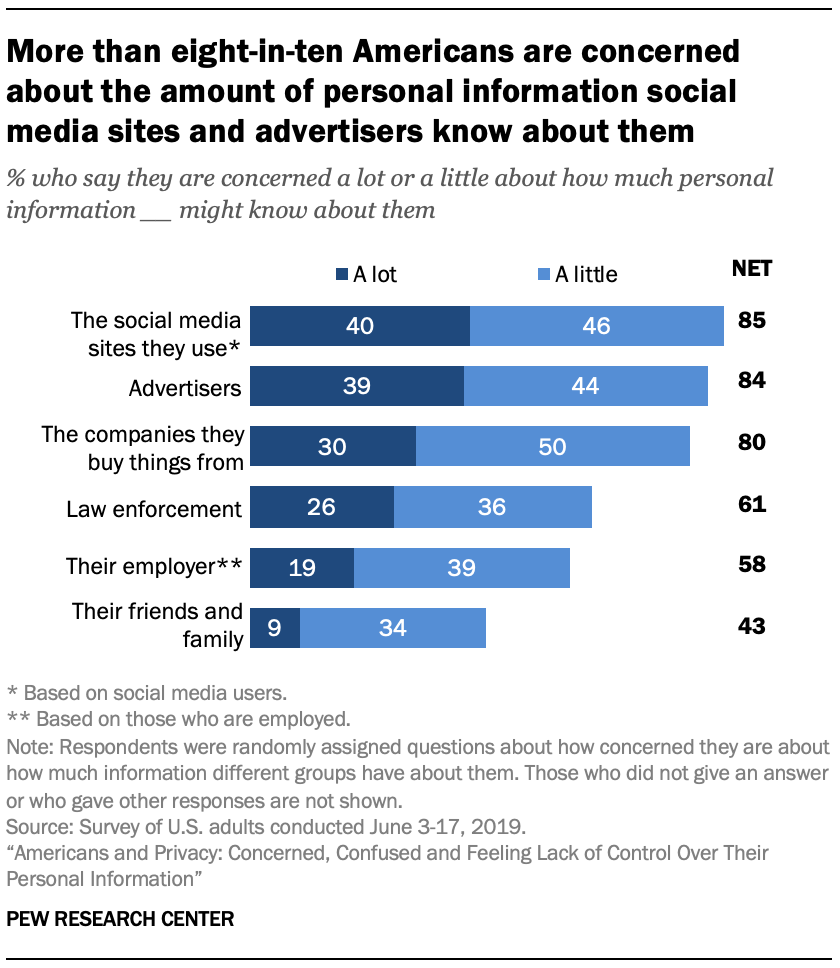
:no_upscale()/cdn.vox-cdn.com/uploads/chorus_asset/file/10622349/1.png)
